And in the meantime I went back to Atipao for the opening of an exhibition by a young artist from El Alto, met and interviewed a group of young artists from the La Paz scene, had a read of Bolivias Otro Arte magazine, chatted to various people about contemporary art in Bolivia, and briefly attended an artists workshop. All of which, thankfully, proved a little more fruitful than wandering the streets in the rain.
At Atipao 25 year-old Salomn Paco had occupied the gallerys two small spaces with a mix of abstract canvases and detailed paintings whose figures, held bound in an elephants trunk or shrinking from nightmare apparitions, suggested a threatening exoticism and ghoulishness. Like so much of the work by young artists that I did eventually track down, these scenes carried a central concern with identity. Given the newness of the Escuela Municipale de las Artes which Paco attends in El Alto, and the areas particular and very current social formation, with a readily growing population of internal migrants who identify strongly with an indigenous Andean culture, this comes as no surprise.
Winner of the Arte Joven prize in 2010, Anuar Elias work splicing language, or creating video art that riffs on poetry of his wifes containing the refrain Bolivia no existe and entitled Occiriente, is also a questioning of identity, though it comes from a very different perspective (both in terms of class and opportunity, but also given that Elias is in fact Mexican). It is far removed from the concerns about indigenous identity that are presumed to occupy the artists of El Alto.
Although Salomn Pacos work contains none of the more typical motifs of indigenous art that you might find in the Museo Arte Contemporaneo de Plaza on El Prado for example. And indeed, speaking with him and with his teacher Adamo Mollericn (whose own abstract paintings can be seen to have had a discernible influence on his pupil), it seems that in fact it was necessary for Salomn to come into into La Paz to display his work since, as he told me, there is no audience for abstract art in El Alto. Morellicn talked to me enthusiastically about the Escuela de las Artes in El Alto, but his assurance that the introduction of guest artists from conceptual backgrounds was done without compromising identity hints at some of the tensions that exist in this changing environment. For Morellicn, though, this combination of more modern artistic approaches with the more spiritual creative process which his Altea students bring to their work makes for exciting and original new forms that reflect the process of change in Bolivia.
For Anuar Elias and several of his peers whom I spoke with, this idea of an indigenous identity is an invention on the part of the government, a kind of indigenism that they are trying to force through the mediums of culture. The resulting confusion about how to support and develop artistic practice is echoed in the many occasions when I have heard that the newly created Ministry of Culture here has no idea what it wants to do.
Despite the governments rapid inauguration of the El Alto art school, neither it nor the much older Fine Arts Academy are actually entitled to endow degrees. It seems this privilege is reserved for UMSA, which according to everyone I spoke to is an institution very much set in its ways. One student assured me that studies of modern art end with Edward Munch, and several were disparaging of the fact that there is no education in conceptual thought, nor in mediums beyond painting, sculpture and a little photography. And it seems that the same goes in both the Academy and in the El Alto school; Salomn Paco told me his greatest influence was Francis Bacon, but he had discovered the artist for himself, not though his education.
Andrs Pereira is a former student of both the Academy and UMSA. When I did finally make it to Galera Nota, the only established contemporary art gallery here in La Paz, one of the artists that caught my eye there was Ramiro Garavito, a member of the previous generation. As happens in academia, and especially in art, it seems individual figures can have major impact. Andrs told me: I entered the Fine Art Academy in the post-Garavito era. And he had an interesting curriculum, which they changed. So I started drawing with (Benedicto) Aiza, who taught that kitsch was the worst thing in the world, and would use SIART [the La Paz biennal which functions as an important platform for contemporary art here] as an example. And of course everybody as they have no critical point of view would agree. It was a kind of brainwash. But I was lucky, I found Roberto Valcarcel, a very important educator. Hes a conceptual artist. He would make pobera (detritus art), hes a performer etc, who would give workshops here. I had the chance of being able to afford these workshops. And through him I was able to see other ways, other routes.
Galo Coca, a mixed media and performance artist in La Paz, concurs with this assessment of students (lack of) critical faculties: I believe there is a big problem because the guys are taught in a technical way, and they dont develop a critical spirit that would let them assess the history, or produce new proposals. So people who come out of there are condemned to failure as artists.
So that does that mean that only those able to afford will be able to develop what we would consider a well-rounded artistic education? Art historian Lucia Escobaris comment that many people choose to take private classes with artists here seems to suggest so. And there is no doubt that the social demographic of El Alto means that such costs are extremely prohibitive for young artists there. Salomn Paco makes detritus art too, but he told me that the motivation for doing this was partly economic, since he couldnt afford to buy materials.
Money and art are intertwined in all kinds of ways of course; the artists I spoke to all discussed the lack of an art market in Bolivia, and the fact that those with money tend to be seores y seoras who dont have much of an interest in contemporary art.
Interestingly though, and despite his concerns about these filters and circuits in which art projects and artists CVs move, and the people who select them, Anuar Elias feels that the lack of a more developed art market and scene can perhaps allow for a freer kind of expression: There are risks because you dont have reference to other artists feedback, and that can be prejudicial for the artwork. But Bolivia as a workshop of production, isolated from market tendencies, is an interesting place to be able to develop a much more pure work of art, free of contamination.
* Its not easy finding Bolivian art online, but here are a few blogs which Anuar recommended to me, should you be keen to see some more work:
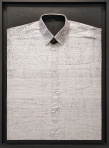


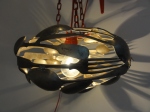


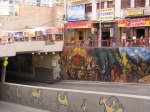












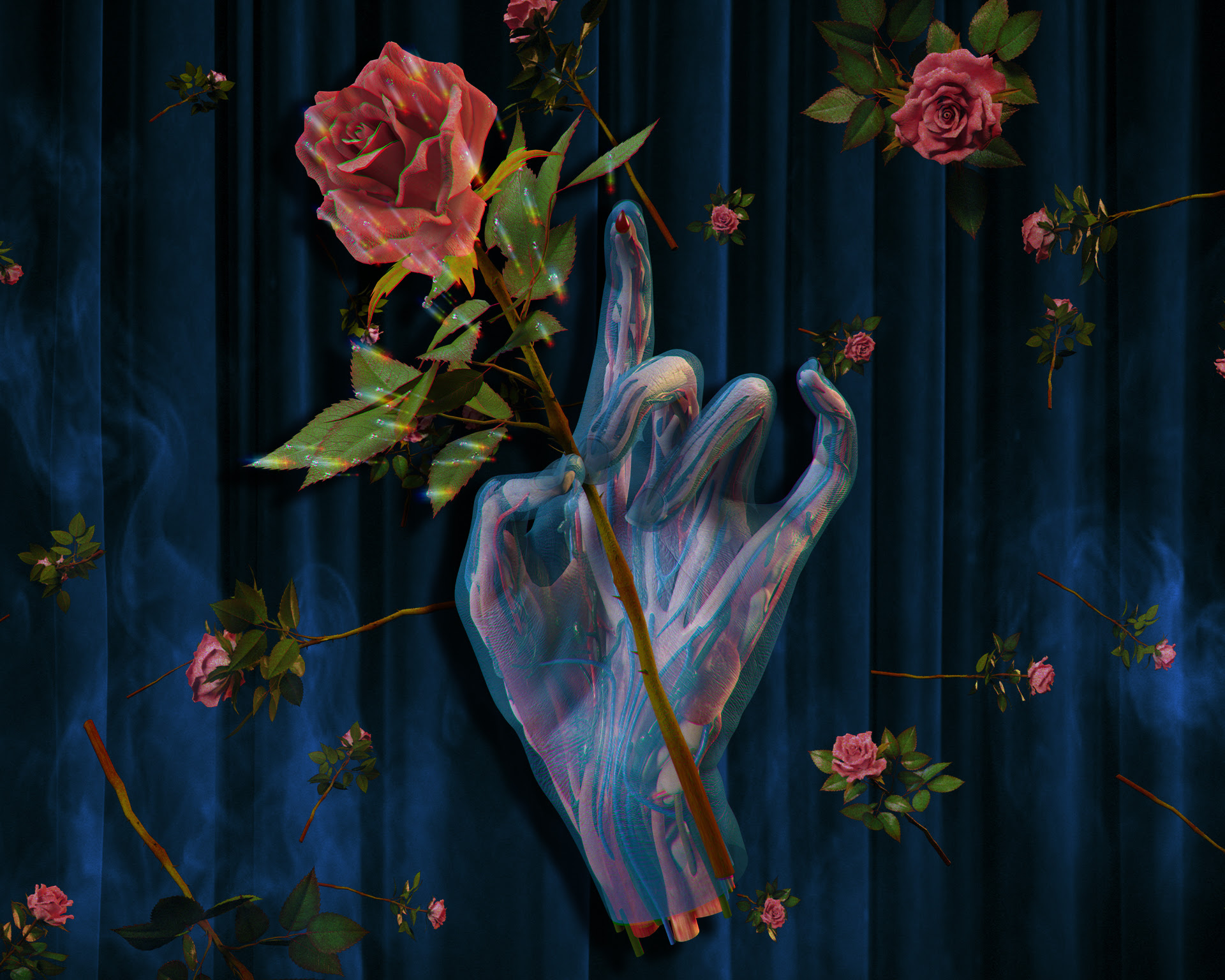

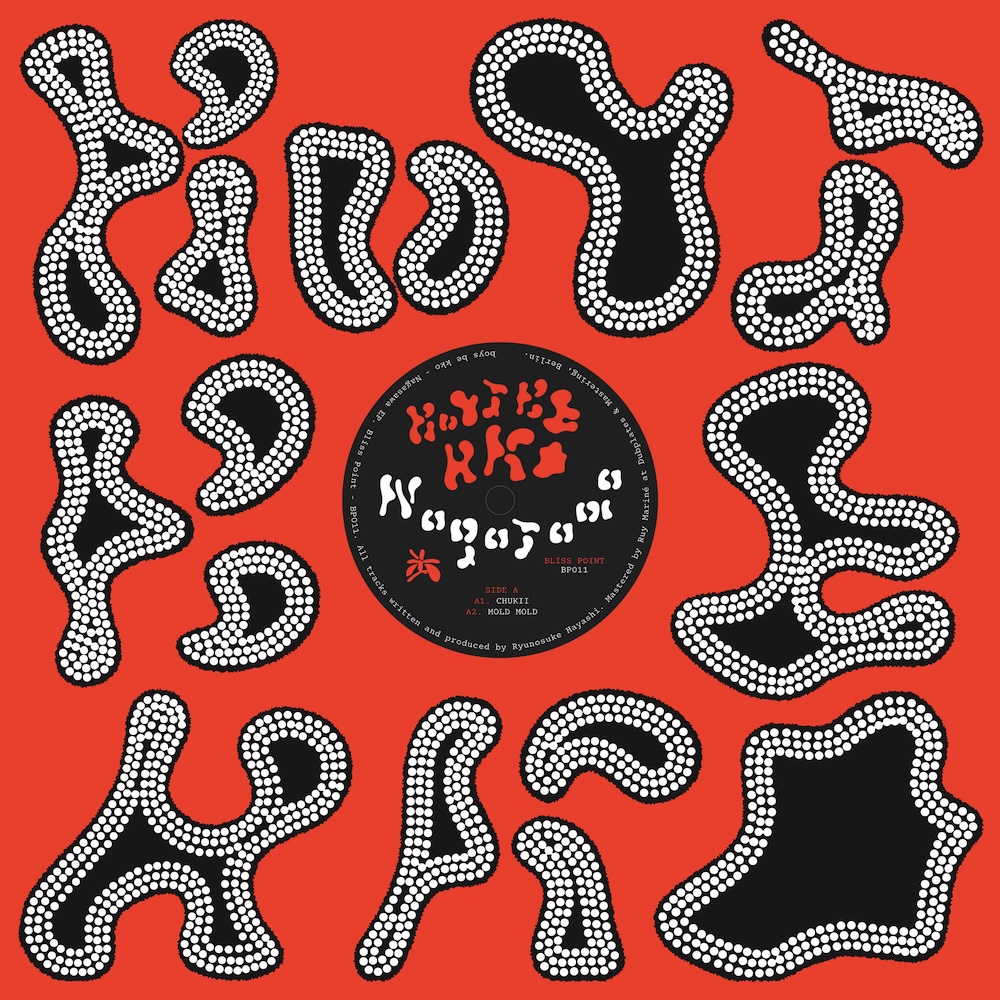




Must Reads
David Holmes – Humanity As An Act Of Resistance in three chapters
As a nation, the Irish have always had a profound relationship with the people of Palestine
Rotterdam – A City which Bounces Back
The Dutch city is in a state of constant revival
Going Remote.
Home swapping as a lifestyle choice
Trending track
Vels d’Èter
Glass Isle
Shop NowDreaming
Timothy Clerkin
Shop Now